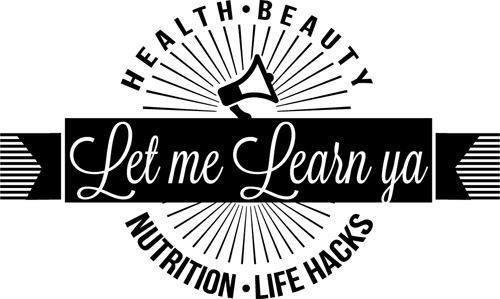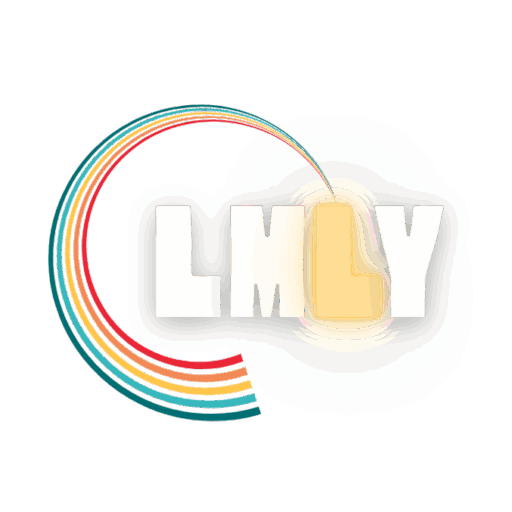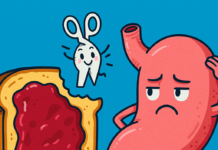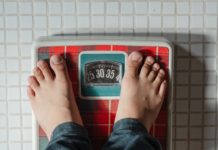I don’t think you guys understand how hard it is to pull myself away from nonstop video game playing (I’m on summer break

I’m pulling myself away from Fallout 4 because iron is the second most common nutrient deficiency in the U.S.. Which means, a lot of you probably have it. To sum up a lot of biochemistry and biology: having an iron deficiency is BAD, m’kay?
It’s also super weird that it’s a common deficiency in the U.S. since the best source of iron is animal protein. And we all know how much ‘Muricans love their meats!
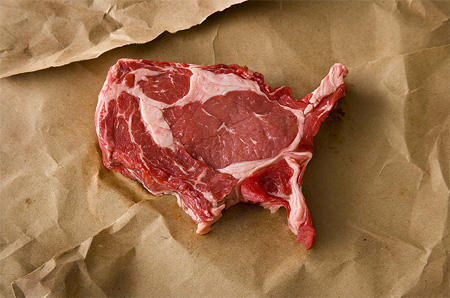
If you like to have oxygen delivered to your body parts, then you’ll have to manage your iron intake. I’ll get into more details below, but first for my impatient readers:
Table of Contents
Short Attention Span Sum up
- Iron deficiency=BAD.
- Menstruating and pregnant women, infants and children, vegans and vegetarians are at highest risk for deficiency.
- Nutrients can compete with or inhibit iron absorption such as calcium, zinc, tannins, oxalates, and phytates while others, such as vitamin C, help your body to absorb iron.
- Four strategies to increase iron intake:
- Eat high iron foods (duh). Animal proteins contain the most bioavailable form of iron.
- Combine high iron foods with high vitamin C foods
- Reduce consumption of foods high in calcium, oxalates, phytates, and tannins, and replace zinc supplements with foods naturally high in both zinc and iron.
- Cook in a cast iron skillet.
A happy love triangle: Iron, hemoglobin, and oxygen
Iron is a whee little mineral that is best friends with a protein called hemoglobin. Hemoglobin is inside red blood cells (the cells in your blood). Hemoglobin, with the help of iron, binds to oxygen. This allows your red blood cells to deliver oxygen throughout your body.
I don’t know if you guys know this, but we totally need oxygen to survive.

If your iron intake is low, this beautiful friendship is “on the rocks” as they say. Iron is required to make hemoglobin. If you are low on hemoglobin, that means your red blood cells aren’t picking up or delivering oxygen properly. Everything in our body requires oxygen to function, so this causes a lot of problems.
Because iron is so important to your survival, the body intelligently stores it in your liver for many moons, which means that it may take a while for you to develop a deficiency. It is also why animal liver is one of the best sources of iron!

Are you at risk?
Women and children
So there is

There is also a pesky little inconvenience
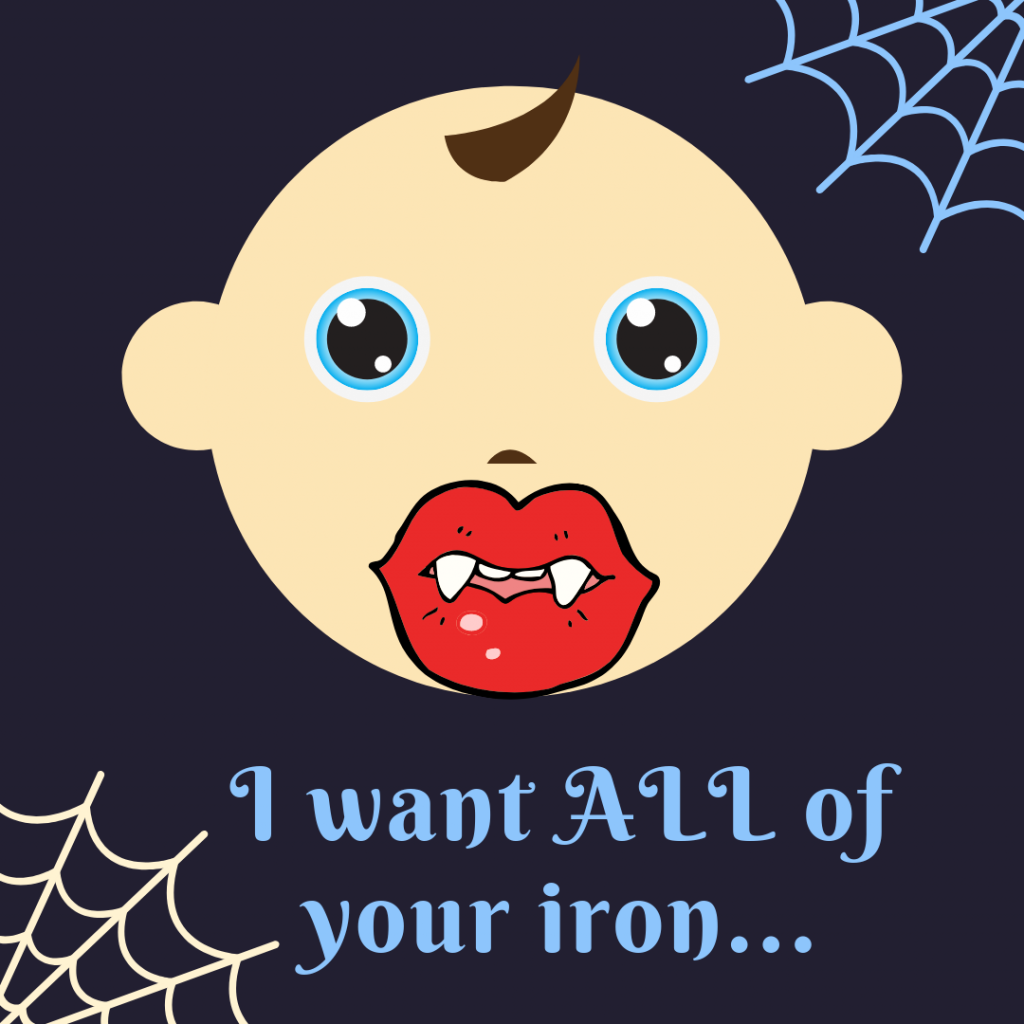
Healthy babies are born with an estimated 4-6 months worth of stored (remember, the liver stores it) iron. It is recommended to introduce complementary foods at 6 months to ensure
Vegans and vegetarians
As mentioned before, the best source of iron comes from animal protein. Avoidance of animal proteins, without proper supplementation or changes to diet, may result in an iron deficiency.

People with malabsorption issues
When the small intestine can’t take in nutrients efficiently from your food, malabsorption occurs. This can lead to various nutrient deficiencies.
Examples of malabsorption causes:
- Chronic diarrhea
- Inflammatory bowel diseases such as Crohn’s or Ulcerative Colitis
- Irritable Bowel Syndrome (IBS)
- Prolonged use of antibiotics
- Chronic pancreatitis
- Cystic Fibrosis
- Surgery
- Chemotherapy or radiation treatments
Competing nutrient consumption
Lastly, let’s chat about calcium, zinc, phytates, oxalates, and tannins. All of these guys have the ability to decrease iron absorption.

Calcium
When I worked for a program called The Special Supplemental Nutrition Program for Women, Infants, and Children (WIC), children often would test positive for low hemoglobin. The first question I would ask was, “How much milk, yogurt, and/or cheese is little Billy consuming?” Around 85% of the time, little Billy was consuming WAY too much dairy.

My theory as to why Americans are deficient in iron: Even though they loves their meats, they love their dairy more. Dairy is a lot cheaper than meat as well.
Zinc
As mentioned, zinc can compete with your iron intake. I don’t believe Americans are getting too much zinc from their diet, considering that the foods highest in zinc are unpopular items such as oysters. However, people are popping zinc supplements like
If you’re deficient in iron, check the ingredient label of any multivitamin and/or mineral supplement to see how much zinc is included. Check any vitamin drinks and/or lozenges as well.
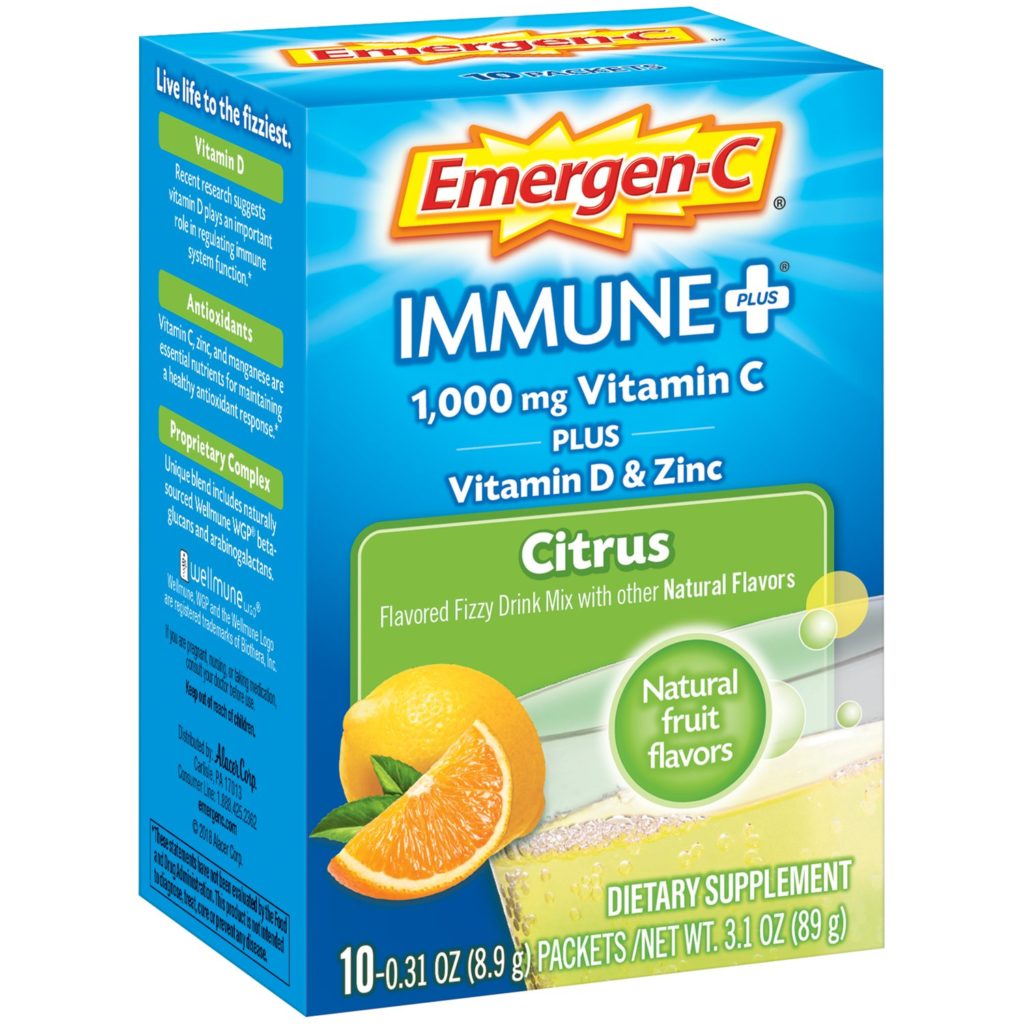
Plant stuffs
Certain plant compounds such as oxalates, tannins, and phytates can block iron absorption. They tend to be found in plant sources such as cocoa (chocolate), wine, coffee, tea, grains, beans, and spinach. These guys can bind to iron, keeping the body from absorbing it properly.
If you have a friend who is tired all the time, looks kinda pale, and also drinks a TON of coffee, wine, and eats a

Genetics
Genetic mutations can be passed down from generation to generation. If your ma or pa has an iron deficiency unrelated to diet, you may want to get tested. People with an iron deficiency caused by genetic mutation may need to be on prescriptive iron supplements indefinitely.
Do you have iron deficiency?
Symptoms of iron deficiency
- Extreme fatigue
- Weakness
- Pale skin
- Chest pain, rapid heartbeat or shortness of breath
- Headache, dizziness or lightheadedness
- Cold hands and feet
- Inflammation or soreness of the tongue
- Brittle nails
- Weirdo cravings for non-nutritive substances, such as ice, dirt or starch (also known as Pica)
- Poor appetite, especially in infants and children
Four strategies to increase iron intake and stores
Before moving forward, you need to understand the two main types of iron in foods. There is heme iron and non-heme iron.
Heme iron is in blood and muscle, so our best dietary source comes from animal proteins. Non-heme iron is in plants and needs to be converted to heme iron by your body. Thus, non-heme iron is not as quickly and easily absorbed as heme iron.
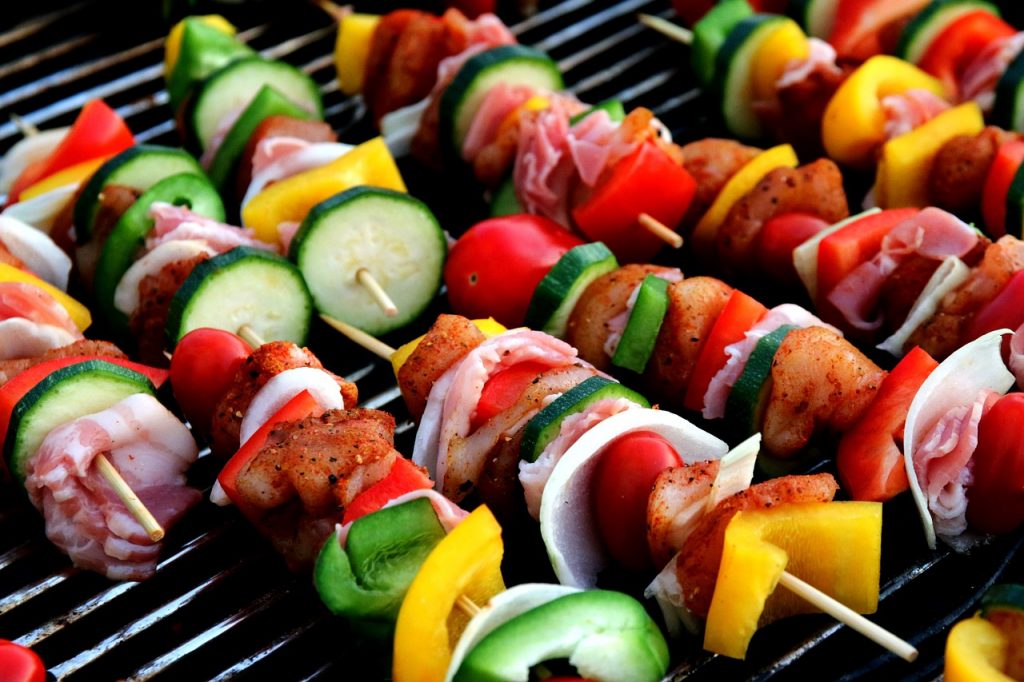
Step 1: Consume foods high in iron
Duh, right? But what foods are highest in iron? Meat, meat, meat, animals, liver. The highest and easiest-to-absorb forms of iron come from:
- Liver
- Beef
- Chicken
- Fish
- Shellfish
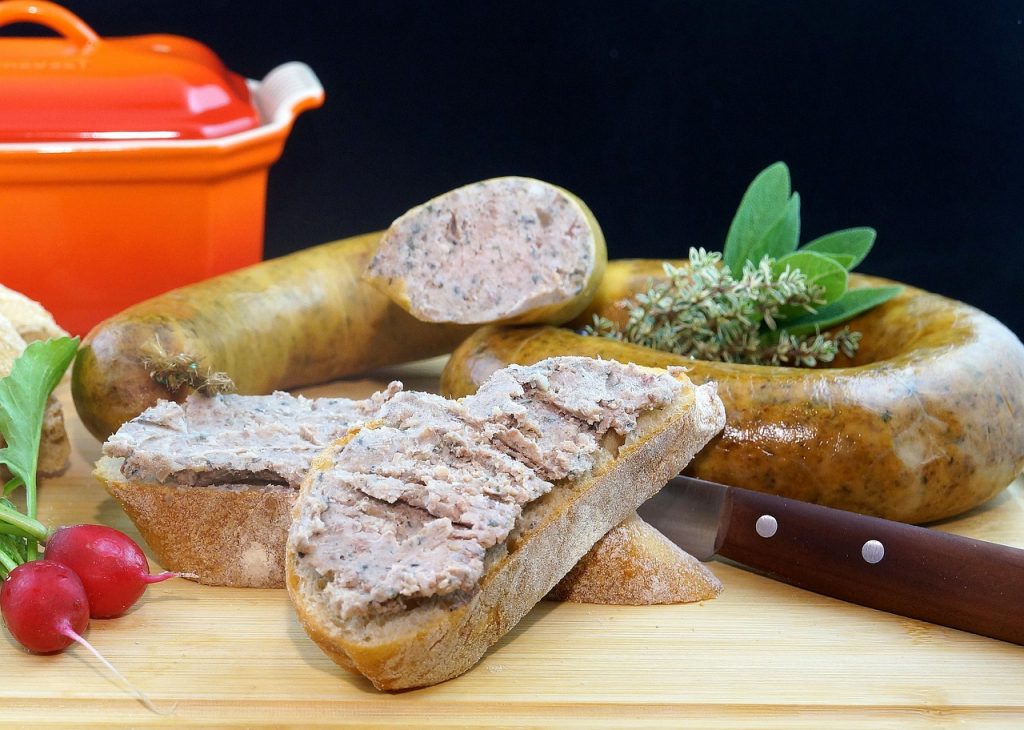
Do not fret my vegetarian and vegan pals! There are options that are not animal proteins. Just understand that you have to consume higher amounts from plant sources because the iron isn’t absorbed as well. In addition, a lot of these foods naturally contain phytochemicals and compounds that inhibit iron absorption.
For example, you may absorb 90% of iron from
Non-animal sources of iron
- Fortified cereals and grains
- Dried apricots (I know, I was shocked too)
- White beans, or beans in general
- Nuts and nut butter
- Spinach
- Quinoa
- Mushrooms
Step 2: Combine high vitamin C foods with foods high in iron
As mentioned before, vitamin C can help you to absorb iron better. This occurs because of a bunch of biochemistry I’m sure you don’t want to hear. Just know it converts the unabsorbable form of iron into an absorbable form.
Foods highest in vitamin C are:
- Raw bell peppers are the tops! Take
that oranges ! - Kiwi
- Strawberries, raspberries, blueberries
- Oranges
- Papaya
- Brocolli
- Tomatoes
- Kale
If you eat a meat sandwich, add some tomatoes or have fruit for dessert. Munch on bell peppers with hummus! If you take a multivitamin, iron supplement, or prenatal vitamin, drink some OJ with it! Throw broccoli in with your bolognese pasta! Ok I’ll stop now.

Step 3: Reduce consumption of calcium, zinc, oxalates, phytates, and tannins
It is generally agreed that moderate amounts of dairy are good for you. Though there are arguments about how good it is and whether you should consume whole, low, or nonfat types. So I’m not going to say cut it out altogether. Just be mindful of how much you’re consuming. USDA
- 2 cups per day for children 1-5 years-old
- 2.5 cups per day for children up to 9 years-old
- 3 cups per day for everyone else
Examples are one 8oz cup milk, a 6-8oz serving of yogurt (preferably no sugar added), or 1.5 ounces of cheese. If you simply MUST have a ton of dairy, be mindful of when you’re eating it. Avoid eating and/or drinking a high calcium food with a meal high in iron.
Most people aren’t going to have an issue with consuming too many foods high in zinc. However, instead of taking supplements, which may interfere with iron absorption, eat foods naturally high in zinc and iron!
- Oysters
- Beef, chicken, pork chops
- Tofu
- Hemp seeds
- Lentils
- Oatmeal
Lastly, don’t drink so much dang coffee and tea! Eat no more than one ounce of chocolate per day, or, how about not eating chocolate every day? I know that’s hard for some of you, but managing your iron intake and increasing oxygen delivery to your organs is more important!
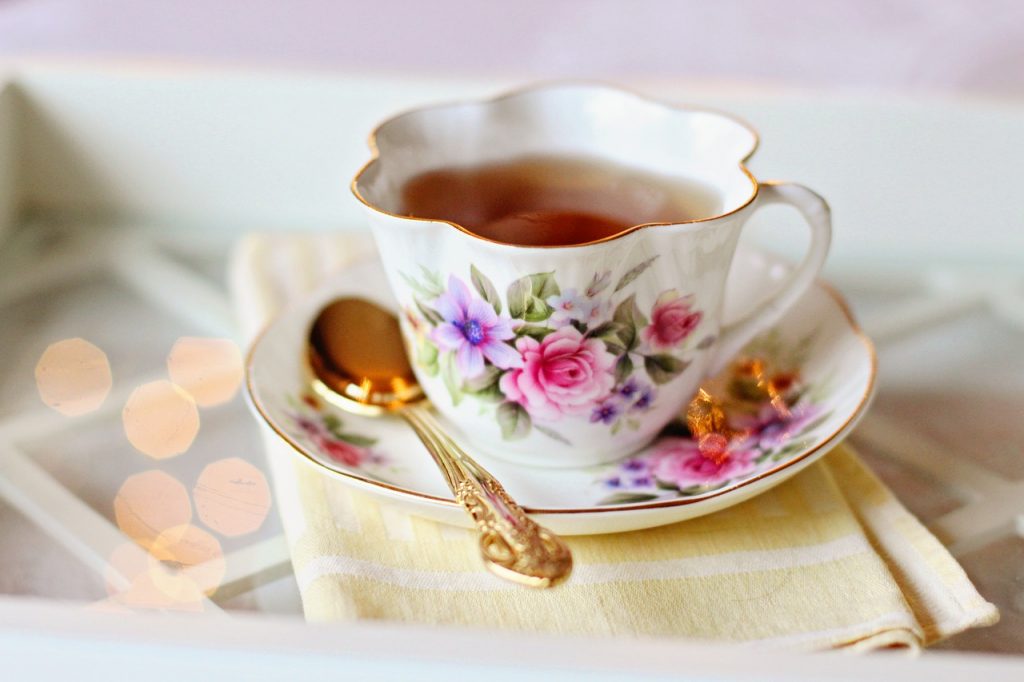
Foods high in oxalates and phytates can also have a lot of nutrients that are good for you, so you don’t want to remove these foods completely. Continue to eat, but be mindful of how much you’re eating, of the following:
- Grains (sprouted grains have lower levels of phytates)
- Beans (Soaking or cooking beans in an Instant pot might reduce phytates)
- Nuts
- Spinach
- Potatoes
- Beets
- Wine
- Coffee
- Tea
Step 4: Cook in a cast iron skillet

This might sound kinda odd, but cooking on a cast iron skillet can add a significant amount of iron into your foods! You can get one for only $14.90 on Amazon (this is actually the one I use). So if you hate all the foods previously mentioned, get yourself one of these bad boys and get cooking.
Vegans and vegetarians especially could benefit from a cast iron skillet.
Learn how to care for cast iron skillets by clicking here.
Pump it Up!
Overall, people who aren’t deficient in iron won’t have to worry about utilizing any of these strategies. However, if you ARE deficient, try out some of these tips and see how it goes! Check up regularly with your doctor to monitor your iron status. Good luck at pumping up your iron!
